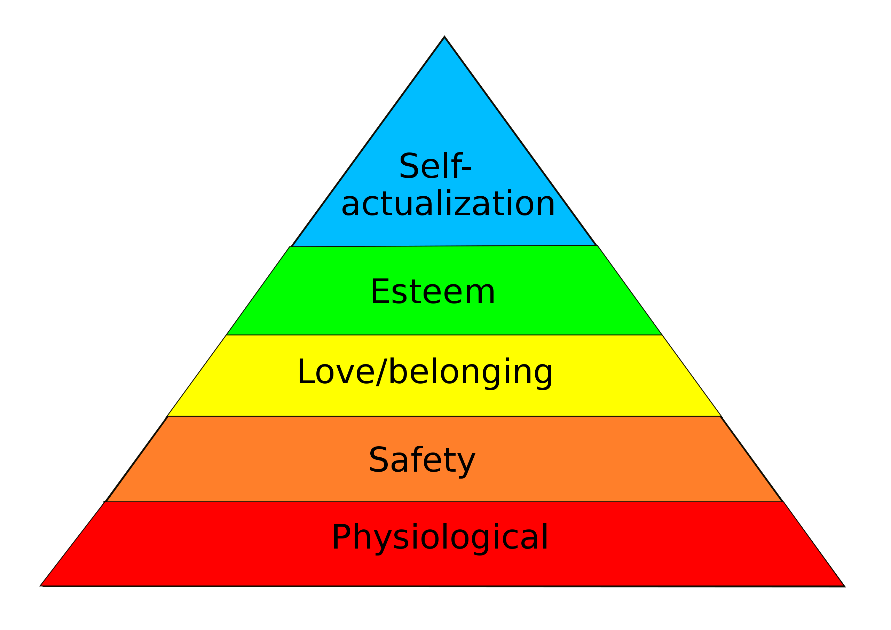Belonging, DEIB, Diversity & Inclusion, Employee Experience
Image: Employees at Certified great place to work, Vizient.
Belonging in the workplace is vital to performance, innovation, and retention, and starts with executive commitment.
Belonging is one of the biggest buzzwords in business today.
It’s about time.
Generations of company executives turned a blind eye to how well people – that is, people of diverse backgrounds – fit in with their culture.
But it’s been impossible to deny the importance of diversity, equity, inclusion, and belonging in recent years. Social justice movements such as #metoo and #BlackLivesMatter have elevated matters of diversity, equity and inclusion.
The pandemic and the Great Resignation have also made creating a culture of belonging more critical than ever – not just for employee well-being but for business success.
Great Place To Work® has been studying belonging in the workplace for many years. Here’s what we’ve found.
What is belonging in the workplace?
Belonging in the workplace is an employee’s sense that their uniqueness is accepted and even treasured by their organization and colleagues. Belonging is an accumulation of day-to-day experiences that enables a person to feel safe and bring their full, unique self to work.
Belonging is not simply that employees feel appreciated for the work they do or the role they play in the organization – belonging runs deeper.
Employees who feel treated as an “insider,” and are encouraged to retain their uniqueness within the workgroup, feel a high level of belonging.
This means valuing the various components of an employee’s identity, such as being a parent, being of a particular race or being of a particular sexual orientation. In this sense, belonging is a close cousin to diversity and inclusion.
Belonging is an employee’s sense that their uniqueness is accepted and even treasured by their organization and colleagues.
Diversity is being invited to the party, inclusion is being asked to dance and belonging is dancing like nobody’s watching, because that’s how free you feel to be yourself.
Belonging at work builds on the work of psychologist Abraham Maslow and his hierarchy of needs. For Maslow and other researchers, the need for belonging and love sits in the middle of the pyramid of human needs, above basic physical needs but required before reaching the peak human need of “self-actualization.”

Image: Maslow’s Hierarchy of Needs, Wikipedia.com
Why is a sense of belonging at work important?
Belonging in the workplace matters because it impacts business performance and employee well-being. Belonging is necessary for bringing out the best of everyone at work.
If employees don’t experience a sense of belonging, they are more likely to feel insecure about their place in the organization and feel less freedom to be their authentic selves. And that insecurity– that fear – undermines their performance, their creativity and their ability and willingness to collaborate.
Our research reveals that when employees experience belonging in the workplace they are:
- 3 times more likely to feel people look forward to coming to work
- 3 times more likely to say their workplace is fun
- 9 times more likely to believe people are treated fairly regardless of their race
- 5 times more likely to want to stay at their company a long time
At Great Place To Work, we’ve coined the term “For All workplace” to describe workplaces that are consistently great for all their employees – no matter who they are or what they do for the organization.
For All™ workplaces are organizations where diverse employees feel they belong. And our research shows that For All workplaces grow revenue more than three times faster than their less-inclusive rivals.
A culture of belonging is also critical for retaining employees during the Great Resignation.
Common sense suggests people will leave a place where they don’t feel they belong, but many employers are missing this point: recent research shows that a sense of belonging is one of the top three most important reasons employees give for leaving their job. But belonging didn’t crack the top 10 reasons given by employers.
A sense of belonging is one of the top three most important reasons employees give for leaving their job.
How do you measure belonging in the workplace?
Measuring belonging in the workplace requires access to reliable and quantitative employee experience data; it cannot be based on qualitative feedback alone.
“A sense of belonging is something so personal and sensitive that it’s very hard to get meaningful feedback unless people feel very sure that it’s safe for them to be honest,” says Eliot Bush, culture coach at Great Place To Work.
Measuring belonging through confidential, third-party employee surveys can reassure employees to share open and honest feedback about their employee experience.
“Qualitative feedback can be helpful, but running focus groups or soliciting anonymous feedback isn’t a suitable replacement for a survey,” says Eliot. “You need something objective to work off of, or else you’ll never be sure you’re going in the right direction.”
It’s also a lot harder to get buy-in from leaders when you don’t have hard data, because leaders may question the validity of qualitative results. This is especially true when you’re working on something like belonging in the workplace, and you’re specifically interested in the experience of small groups of employees.
How to build belonging in the workplace
Building a sense of belonging in the workplace can be fostered through several actions. Our research has revealed key drivers of belonging in the workplace:
- Avoid favoritism: Leaders should strive to treat all employees fairly and without bias. This means avoiding favoritism and creating a workplace culture where everyone feels respected and valued.
- Involving employees in business decisions: When folks feel like they have a say in how the business operates, they're more invested in its success and growth.
- Transparency: When everyone has access to the same information, they're all on the same page. That's why we are big proponents of open and honest communication.
- Fair promotions: Promotions are your organization's opportunity to demonstrate its values. Create a fair and transparent promotions process ensuring everyone has equal advancement opportunities. If your leaders tout the importance of women in leadership but keep overlooking them for promotions, trust is lost.
- Celebrating accomplishments: Recognize and celebrate employee achievements and milestones, both big and small. Creating a culture of recognition helps to build a sense of community and reinforces the idea that everyone's contributions are valued.
- Welcoming new employees: Make new employees feel welcome and included from day one. This can be done through thoughtful onboarding processes, introductions to colleagues, and opportunities to get involved in team activities.
- Embracing the whole self: By embracing employees' whole selves, organizations can create a sense of belonging and inclusivity beyond mere tolerance. It sends a message that all employees are valued regardless of their differences.
Is your organization doing enough to foster a sense of belonging?
As the market for top talent continues to tighten, more and more leaders have started to ask whether they’ve done everything in their power to help employees feel a sense of belonging.
It’s about time.
Measure and track belonging in your workplace
Are you wondering how to cultivate belonging and build a great workplace culture? Sign up for our newsletter.
Do you have a workplace where people feel they belong? Get Certified™ to show job seekers that you’ve created a great culture.














